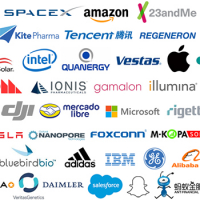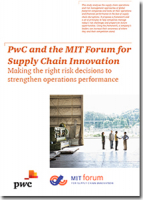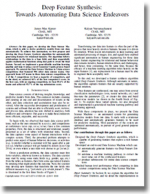U.S. Re-Shoring: A Turning Point
Since 1997, six million American manufacturing sector jobs were lost – a 34 percent drop. At the same time, the number of manufacturing facilities in the U.S. dropped by 17 percent.
On December 6, 2012, Apple’s CEO, Tim Cook announced a plan to invest $100M in manufacturing a line of Mac Computers in the U.S. While cynics may say that this is only assembly, will create only 200 jobs and is partly motivated by public relations, there may still be practical considerations for the move and it may ultimately have some positive unintended consequences for U.S. manufacturing.
The next day, Foxconn, the largest contract manufacturer in the world and manufacturer of Apple’s iPhone, indicated that it wants to expand operations in North America due to
increased demand for products with ‘made in America’ labels.
In the last two years, there has been a lot of discussion and excitement around reshoring, as the trend to move manufacturing back to the U.S. is called. In parallel, a growing number of U.S. executives are repatriating their manufacturing capabilities— moving some production operations back from overseas. One such company is Ford, which, in August 2010, announced plans to bring back approximately 2,200 parts production jobs.
Another example is Caterpillar, which is investing $120 million in a new Victoria, TX, plant to make excavator machines—devices formerly made at a Caterpillar plant in Japan.
Similarly, in the last two years, GE has announced 15 new manufacturing plants or existing facility expansions in the U.S., from a new locomotive manufacturing plant in Texas and an aircraft engine composites factory in Mississippi to appliance and lighting facilities in Kentucky, Alabama and Ohio. And now Apple!
This trend has picked up pace in the last few years not only because of job losses in the U.S. but also because the economics that made off-shoring attractive in the first place
have changed.
To understand whether there is a shift in the manufacturing sector, the MIT Forum for Supply Chain Innovation launched a U.S. Re-shoring survey, in conjunction with Supply Chain Digest, to understand what U.S. manufacturers are really thinking about in terms of re-shoring, what factors are driving their decision process and to determine, if in fact, a geography shift is occurring.
The survey was distributed to members of the MIT Forum for Supply Chain Innovation and members of the Supply Chain Digest community. In total, 340 participants completed the survey, providing the input for this report.
What’s Related



Favorites





